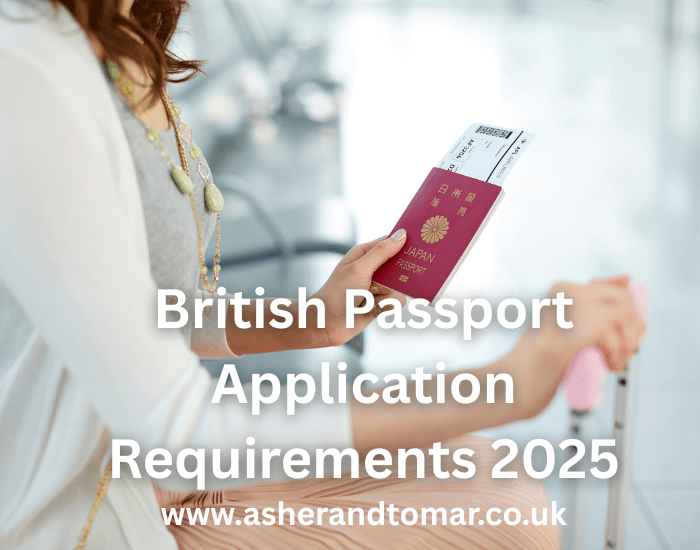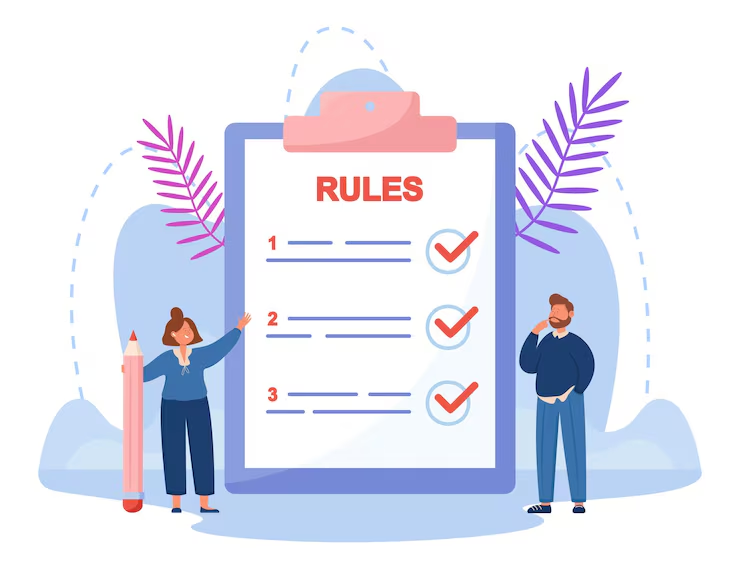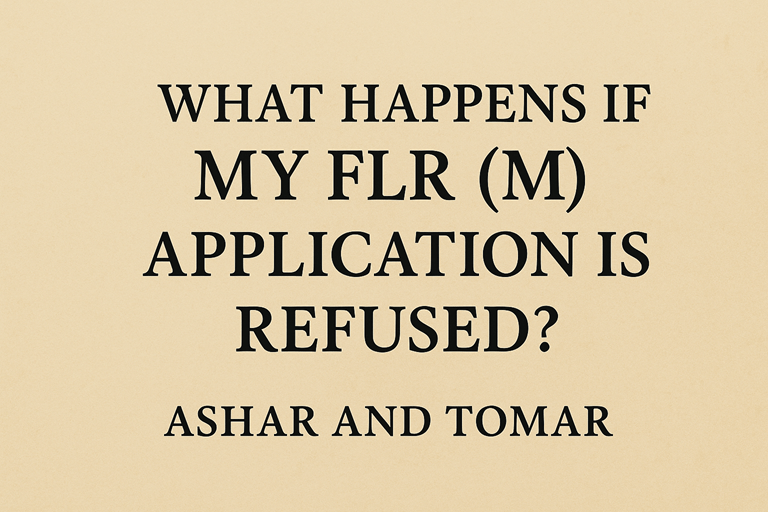Navigating the process of applying for child contact can be a daunting task for many parents and guardians. Whether you’re seeking to establish contact with your child after a separation or modify existing contact arrangements, understanding the procedure is crucial. In this comprehensive guide, we’ll walk you through the steps involved in applying for child contact, the necessary legal considerations, and how Asher and Tomar can assist you in this process.
Understanding Child Contact
Child contact refers to the time a child spends with a parent or other significant person in their life when the child does not live with them. This can include visitations, overnight stays, or other forms of contact that help maintain and strengthen the parent-child relationship.
In the UK, child contact arrangements are often made following a separation or divorce, or when there is a need to formalize existing arrangements. If parents cannot agree on contact terms, the court may become involved to decide on a suitable arrangement.
Steps to Apply for Child Contact
1. Attempt Mediation
Before applying to the court for child contact, it’s recommended to try and resolve the issue through mediation. Mediation involves working with a neutral third party who can help both parents come to an agreement on contact arrangements.
Mediation is often quicker and less adversarial than going to court, and it allows both parties to express their views and negotiate a suitable arrangement for their child. Many mediation services are available, and it’s important to choose a mediator who is accredited and experienced in family law.
2. Gather Necessary Documentation
When preparing to apply for child contact, it’s crucial to gather all relevant documentation. This may include:
- Proof of Relationship: Documents proving your relationship with the child, such as birth certificates or previous contact records.
- Evidence of Attempts to Mediate: Records of any mediation attempts or agreements made.
- Personal Statements: Written statements outlining your proposed contact arrangement and the reasons behind it.
3. Complete the Application Form
If mediation does not resolve the issue, you will need to complete a court application form. The most commonly used form for child contact applications is the C100 form. This form is used to apply for a Child Arrangements Order, which determines where and with whom a child should live and the time they should spend with others.
The form will require you to provide details about your relationship with the child, any previous contact arrangements, and the reasons for your application. It’s essential to complete this form accurately and provide all necessary information to support your application.
4. Pay the Court Fee
Applying to the court involves a fee, which is currently £232 (as of the time of writing). If you are unable to afford the fee, you may be eligible for a fee waiver. You can apply for a fee waiver if you are receiving certain benefits or have a low income. The application form for a fee waiver is available on the court’s website.
5. Attend the Court Hearing
Once your application has been submitted, you will be given a court date. During the hearing, both parties will present their cases, and the judge will consider all evidence and make a decision on the contact arrangement. It’s important to be prepared for this hearing and to present your case clearly and professionally.
Legal Considerations for Child Contact
1. The Child’s Best Interests
In any child contact case, the primary consideration is the child’s best interests. The court will evaluate what arrangement will best serve the child’s welfare, taking into account their emotional and physical needs, as well as their wishes and feelings if they are of sufficient age and understanding.
2. Parental Responsibility
Both parents typically have parental responsibility for their child, which includes making decisions about their upbringing. If one parent has parental responsibility but is not in agreement with the contact arrangement, it may complicate the process. Understanding parental responsibility and how it affects contact arrangements is crucial.
3. Safety Concerns
If there are concerns about the safety of the child or any potential risk to their well-being, these should be addressed in the application. The court will take any safety concerns seriously and may implement measures to ensure the child’s safety during contact.
How Asher and Tomar Can Help
Navigating the legal process of applying for child contact can be complex and stressful. At Asher and Tomar, we specialize in family law and are dedicated to providing expert advice and support throughout the process. Our team can assist you with:
- Understanding Your Rights: We can help you understand your legal rights and responsibilities regarding child contact.
- Preparing Documentation: Our experts can guide you in gathering and preparing the necessary documentation for your application.
- Mediation Services: We can assist in finding accredited mediators and help you through the mediation process.
- Court Representation: If your case goes to court, we offer experienced representation to ensure your case is presented effectively.
For more information on how we can assist you with your child contact application, visit Asher and Tomar or contact us directly for a consultation.
Conclusion
Applying for child contact involves several steps and requires careful consideration of legal and personal factors. By attempting mediation, gathering necessary documentation, and understanding the legal implications, you can navigate the process more effectively. With the support of Asher and Tomar, you can ensure that your application is handled professionally and with the best interests of your child at heart.








